PTI-P, a nascent political entity emerging from the aftermath of the May 9, 2023, protests. It exudes confidence in securing a significant number of seats in the upcoming February 8 general elections to potentially govern Khyber Pakhtunkhwa (KP). KPK was once a territory dominated by the Pakistan Tehreek-e-Insaf (PTI), led by Imran Khan.
The genesis of PTI-P traces back to the fissures within Imran Khan-led PTI. The process was catalysed by its chairman, Pervez Khattak’s departure from the party following the tumultuous events of May 9, 2023. Khattak, along with former Chief Minister Mahmood Khan, assumed leadership roles within PTI-P, delineating a new political trajectory.
Having traversed diverse political landscapes, Khattak’s journey from a grassroots councilor to the helm of Khyber Pakhtunkhwa’s governance exemplifies a seasoned politician’s evolution. His tenure as Chief Minister witnessed ambitious infrastructural endeavors, notably the Bus Rapid Transit in Peshawar and the Swat Expressway, bolstering tourism and developmental prospects in the region.
The schism within PTI, compounded by the fallout from the May 9 protests, prompted a splintering of allegiances and the emergence of PTI-P. Khattak’s astute maneuvering and political acumen positioned PTI-P as a formidable contender in the political landscape of KP, albeit a relatively nascent entrant.
The electoral landscape presents a nuanced dynamic, with PTI-P contesting against its progenitor PTI and other political rivals. Khattak’s strategic stronghold in Nowshera, evident through familial candidacies across multiple constituencies, underscores a concerted effort to consolidate power bases within familial and regional spheres.
In contrast, Mahmood Khan’s stronghold in Swat reflects a divergent approach characterized by pragmatic engagement rather than overt confrontation. Despite ideological divergences with Imran Khan, Mahmood Khan’s measured approach eschews public criticism, underscoring a nuanced understanding of political pragmatism.
The electoral calculus hinges on PTI-P’s ability to navigate a political landscape fraught with challenges, ranging from logistical constraints to formidable competition from established political entities. Mansoor Ali Durrani’s assertion regarding potential alliances post-election underscores a strategic approach to coalition-building vital for securing the requisite majority to assume governance.
The electoral theater in KP unfolds against a backdrop of shifting political allegiances and emergent power dynamics, underscored by PTI-P’s bid for ascendancy amidst a crowded political arena. The convergence of personal ambitions, regional dynamics, and ideological fault lines shapes the contours of political contestation, heralding a new chapter in KP’s political narrative.
PTI-P’s emergence as a potent political force in KP epitomizes the fluidity of Pakistan’s political landscape, marked by strategic realignments and ideological schisms. Khattak’s political odyssey, from grassroots activism to party leadership, symbolizes the nuanced interplay of personal ambition and political pragmatism, underscoring the intricacies of Pakistan’s electoral politics.

